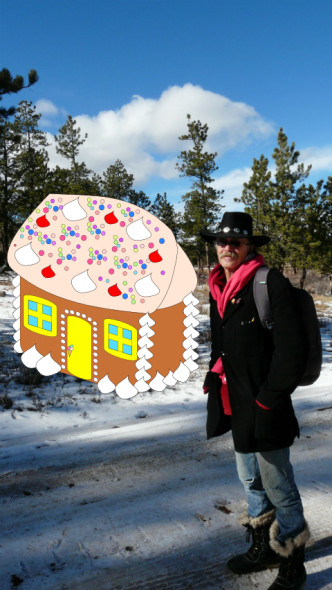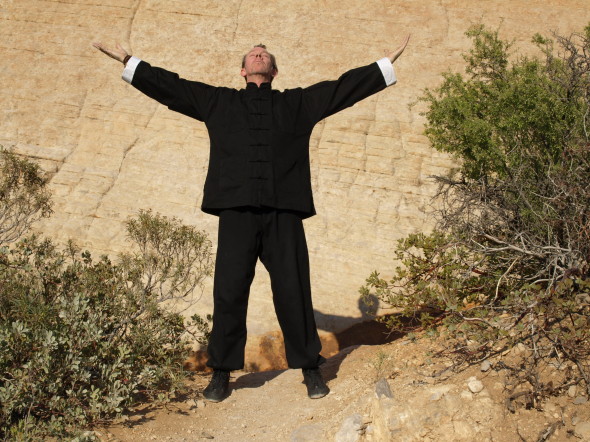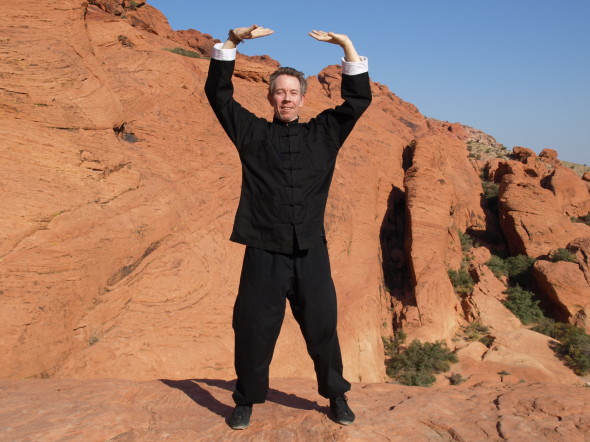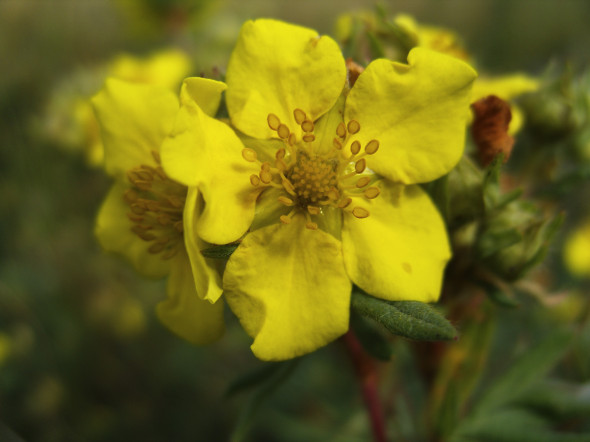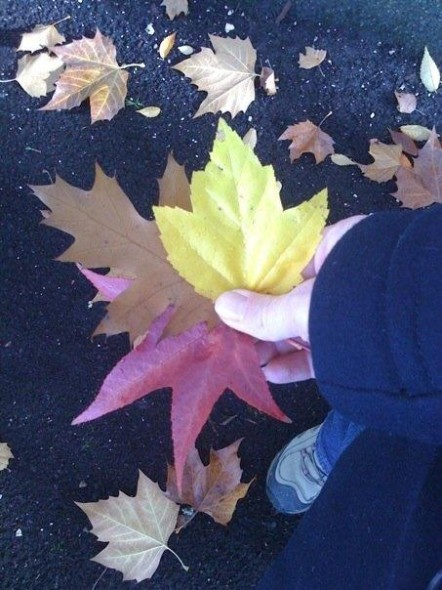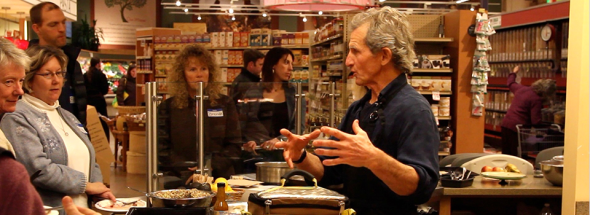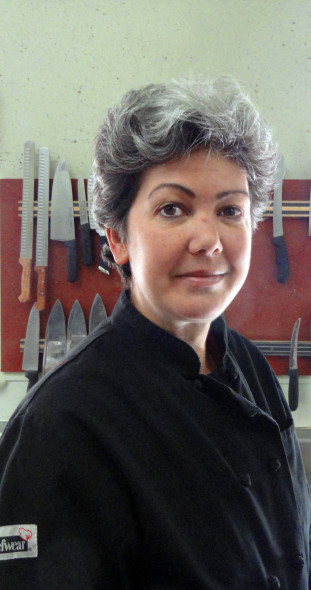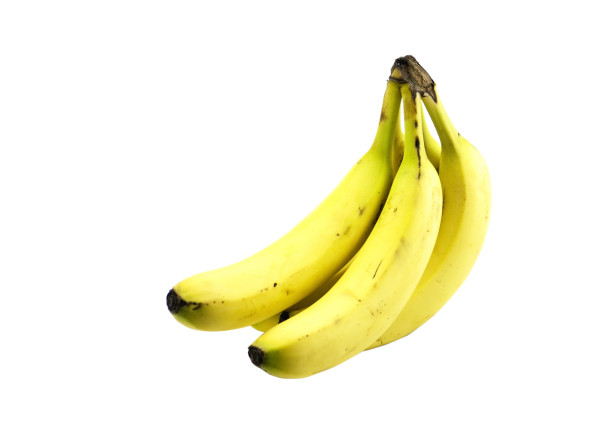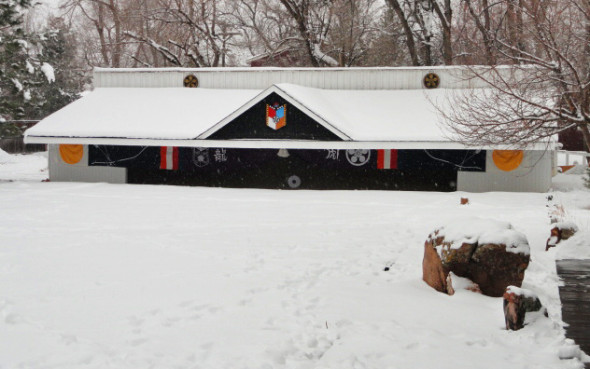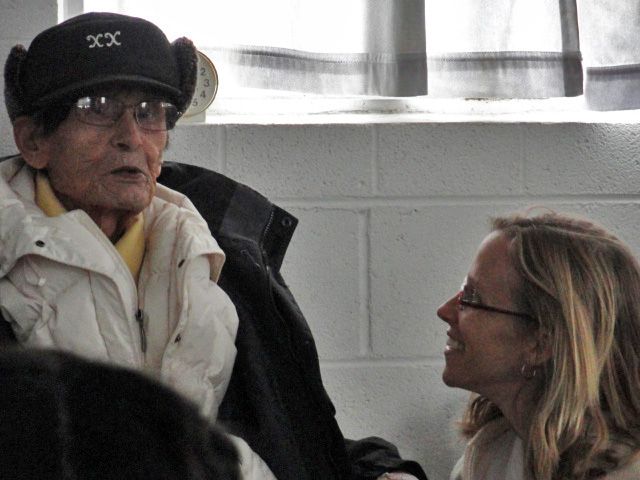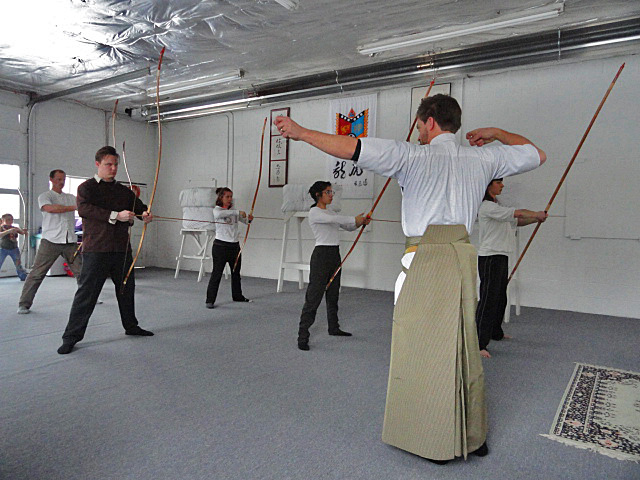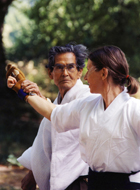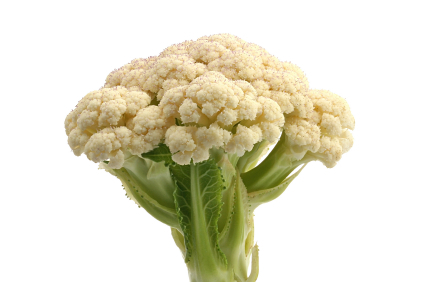As Thanksgiving will officially kick off the holiday season a week from now, it’s not too soon to start imagining how to best bring loved ones together this time of year. Nor is it too soon, nor too late, to reflect on holidays past. Our wonderful chef, Avajra John Russell, recalls how making cookies can be a magical way to celebrate the good fortune of family–of any sort. The SMC Community is a family and John is our beloved, crazy, artistic uncle. We hope you’ll enjoy his recollection of time spent with his childhood family and the cookies (or houses) that can be made with his recipe.
The holidays can be a special time of creating warm memories together that can stick with us throughout our lifetime. In my family, we always had some kitchen projects going, in the days leading up to Christmas. We used to stuff dates and my mom would always make crabapple jelly with crabapples from our trees–to give as gifts to friends and family. Occasionally, we would also make a gingerbread house and decorate it with all sorts of gum drops, jelly beans and different colored icings to paint in all the details.
These warm memories live on in my heart.
This recipe is pretty foolproof and can be used for cookies or gingerbread houses. It is somewhat flexible and can be adjusted for sweetness and spice. Roll the dough thicker for a moister and chewier cookie. Roll the dough thinner for a more stable gingerbread house construction.
As a side note: The gingerbread house project may seem daunting but please disregard that kind of distraction and build some cherished memories.
–Avajra John Russell
Holiday Gingerbread House & Cookies
Ingredients:
1/2 cup butter, softened
1/2 cup brown sugar
2/3 cup molasses
2 eggs
4 cups all-purpose flour, divided
1/2 teaspoon baking soda
1/2 teaspoon salt
1/2 teaspoon ground allspice
1/2 teaspoon ground cloves
1/2 teaspoon ground cinnamon
1/2 teaspoon ground ginger
1 pound confectioners’ sugar
1/2 teaspoon cream of tartar
3 egg whites
Instructions:
- Preheat oven to 350 degrees F (175 degrees C).
- In a large bowl, cream together the butter and brown sugar until smooth. Stir in the molasses and eggs. Combine 1 1/2 cups of the flour, baking soda, salt and spices. (Go easy on the cloves. Spices and sweetness are a personal taste. Adjust spice and sweetness amounts according to your family’s preference.) Then beat into the molasses mixture. Gradually stir in the remaining flour by hand to form a stiff dough.
- Divide dough into 2 pieces. On a lightly floured surface, roll out dough to 1/8 inch thickness for gingerbread houses; roll out the dough thicker,1/4 inch thickness, for moister chewy cookies. Cut into desired shapes using cookie cutters. Place cookies 1 inch apart onto ungreased cookie sheets.
- Bake for 8 to 10 minutes in the preheated oven. Allow cookies to cool on baking sheet for 5 minutes before removing to a wire rack to cool completely.
- In a medium bowl, sift together confectioners’ sugar and cream of tartar. Blend in egg whites. Using an electric mixer on high speed, beat for about 5 minutes, or until mixture is thick and stiff. Keep covered with a moist cloth until ready to frost cookies.


